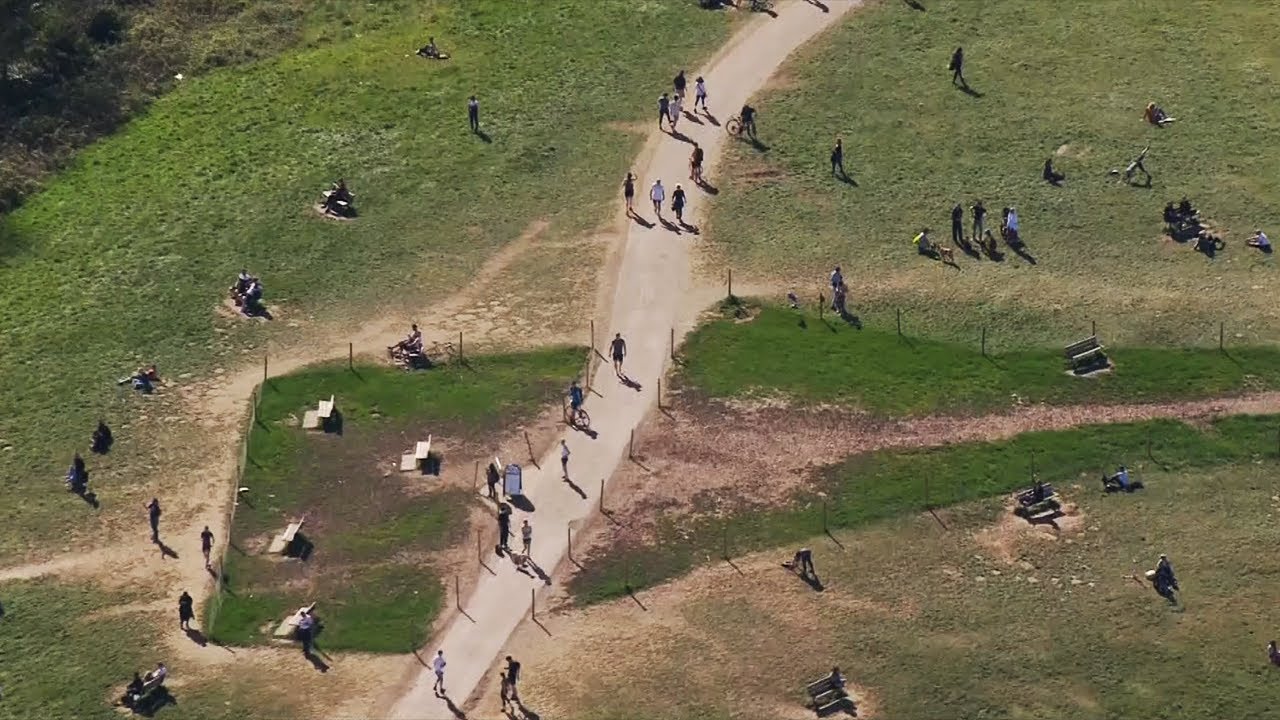DynamicSpirit
Established Member
I normally go on a cycle ride every few days as my exercise, which is usually unremarkable. But yesterday I decided, for a change, to take advantage of the low traffic levels to head into central London, instead of - as per my normal practice - heading the other way as fast as I can  . There were loads of other cyclists - which I think is great because it's an amazing way to exercise, and a non-polluting way to travel if you actually need to go somewhere. But what I saw in terms of social distancing behaviour from most cyclists shocked me: For most cyclists in London, there seemed to be, basically, none.
. There were loads of other cyclists - which I think is great because it's an amazing way to exercise, and a non-polluting way to travel if you actually need to go somewhere. But what I saw in terms of social distancing behaviour from most cyclists shocked me: For most cyclists in London, there seemed to be, basically, none.
- When waiting at red traffic lights, cyclists would bunch up close together. Several times when I arrived at a red light first, I'd end up subsequently having to move to the side because of other cyclists coming up right next to me, completely ignoring the 2m rule.
- When overtaking other cyclists, I always took care to give a very wide 2-ish-metre berth - which, given the low traffic levels, was pretty easy to do on most roads. Almost no cyclists who overtook me gave the same consideration.
- Cyclists regularly seemed happy to cycle a couple of seconds behind other cyclists - almost in the leading cylists's slipstream. Strictly speaking, this is within social distancing rules as it means you're probably about 5m or so away. But it also means you're occupying the same space that the cyclist in front was in about 2 seconds previously - so, presumably, breathing the air that they have just breathed out. There must surely be a small risk there - enough that I certainly wouldn't feel comfortable so close behind another cyclist and usually tried to fall back in that situation. On occasions, I saw cyclists even closer behind each other, leading me to assume they were part of a family group - until one of them would head off in a different direction, making it clear that they probably weren't together.
- At one point, I saw a group of about 10 cyclists apparently stopping to enjoy the view together, as if they were part of an organised group. I can't be sure if that was the case, but it certainly looked like it, and I can't believe a single household would be that big.
Last edited:

